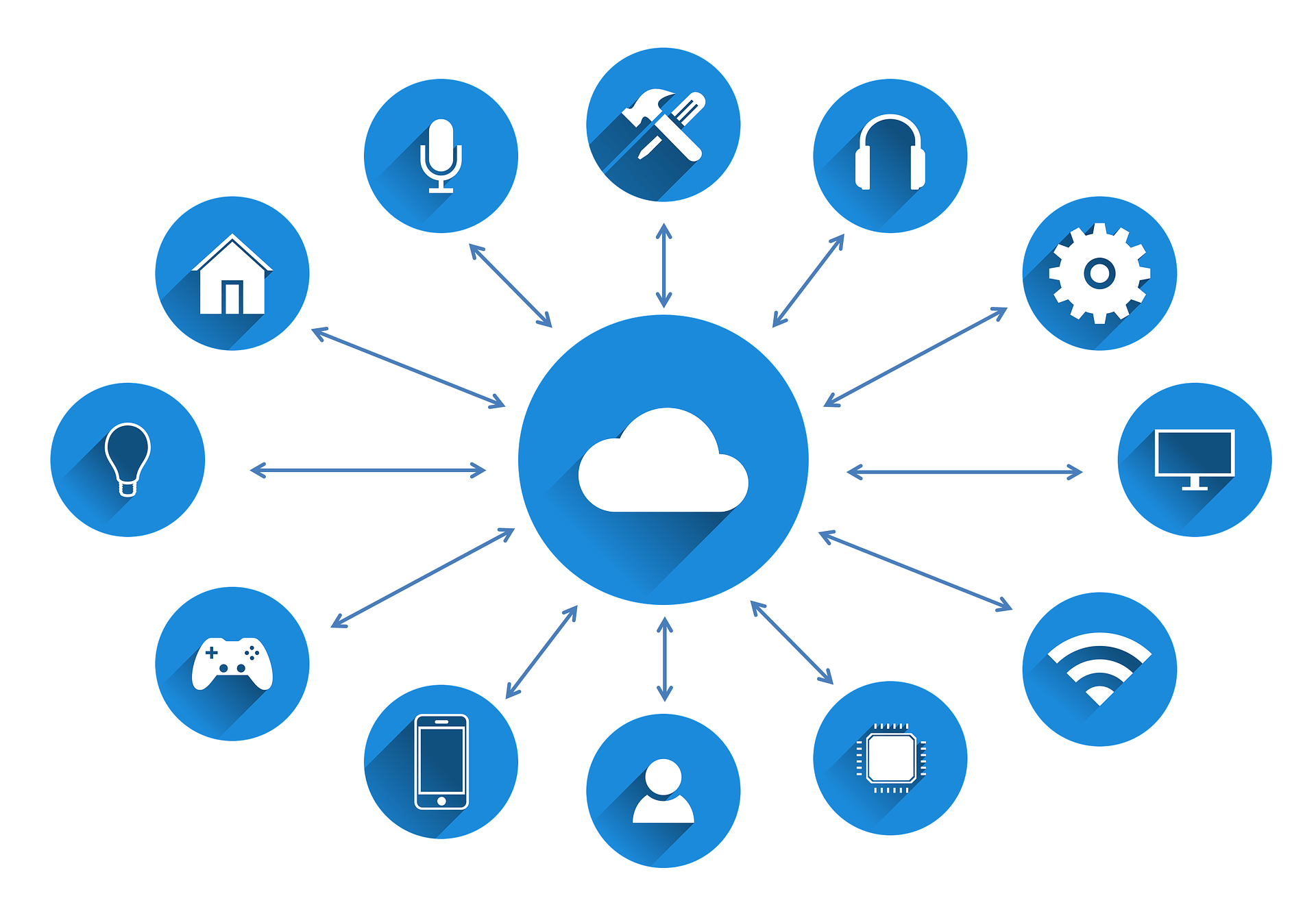No products in the cart.

Gartner predicts that the number of IoT devices will reach 25 billion worldwide by 2020. From smart phones to smart cars to voice-activated assistants that respond to our every whim, we as a society are more connected than ever to the Internet of Things. And these connections we’re making? They’re not all that secure. The problem with the majority of smart devices is that the firmware they are built on is easily penetrated by hackers. In 2016, the Mirai botnet attack took down popular sites like Twitter, Netflix, and Etsy. It did this by accessing IP cameras and launching a DDoS attack on the DNS provider. The hack was made possible by the fact that the software versions were out of date and most of the passwords had not been changed or updated. So, how can you protect yourself from these types of attacks? If you’re going to use smart....
A great hacker is really worthy of good recommendation , Henry
really help to get all the evidence i needed against my husband and
and i was able to confront him with this details from this great hacker
to get an amazing service done with the help ,he is good with what he does and the charges are affordable, I think all I owe him is publicity for a great work done via, Henryclarkethicalhacker at g mail com, and you can text, call him on whatsapp him on +12014305865, or +17736092741,
the common mistakes which we usually do are mentioned here. we must take attention to this mistakes. the first thing is that we must change the username and password of the new IOT device. we should make our router secure by giving the strong and unique password. we must be conscious when we give any permission to download a new app. the suggestions are nicely explained here.